Flies (Diptera)
Fruit Flies
TephritidaeAdult Fruit Flies are known to feed on flower nectar, but are not considered important pollinators. Male flies use their highly patterned wings for courtship. They also deter predacious jumping spiders by waving their wings to mimic the spider’s leg movements. Other species may mimic wasps with their brightly patterned bodies. Larvae feed and live on fruits, nuts, flowers, stems, leaves, and plant roots. Many species are serious commercial pests, sometimes in fruit orchards.
Representative Genera and Species:
Urophora
Pollinator Life Cycle:
They have four life stages: egg, larva, pupa, and adult. Eggs are typically laid in living plant tissue. Females of some species inject their eggs into a plant’s flower head, where their larvae develop in the plant’s ovaries.
Rarity Status:
The status of Canadian species has not yet been assessed, and none are legally protected.
Physical Appearance:
These delicate looking flies are small to medium sized. Although their colouration varies, they are often tan or brown. They have a distinguishing arrangement of bristles above their eye. Many species have patterned wings (stripes, splotches, or many spots), which distinguishes them from Drosopholid Flies.
Pollinator Habitat:
Adults are found on foliage, flowers, and fruit, while larvae tend to be inside of living plant tissue.
Canadian Distribution:
- Alberta
- British Columbia
- Manitoba
- New Brunswick
- Newfoundland/Labrador
- Nova Scotia
- Ontario
- Quebec
- Saskatchewan
Prairie Types:
- Fescue Prairie
- Mixed Grass Prairie
- Tall Grass Prairie






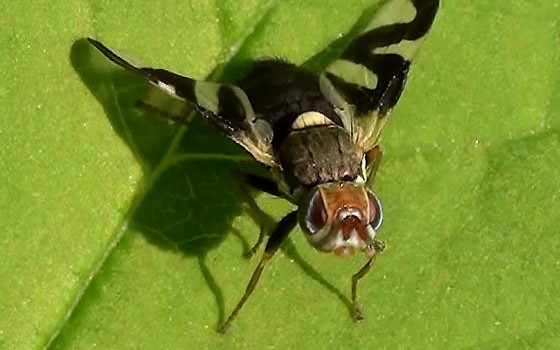
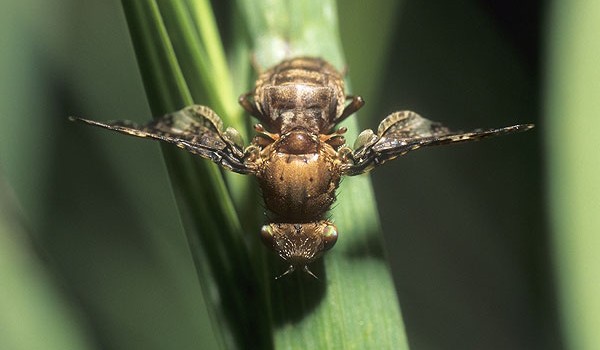
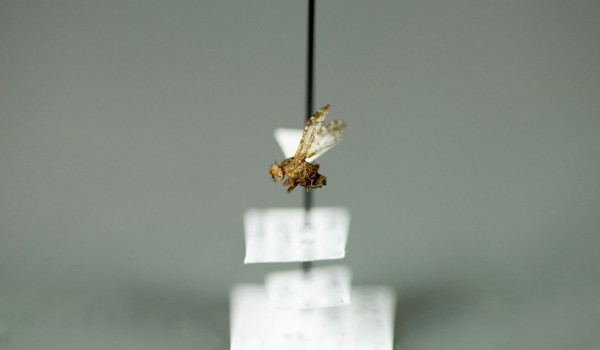
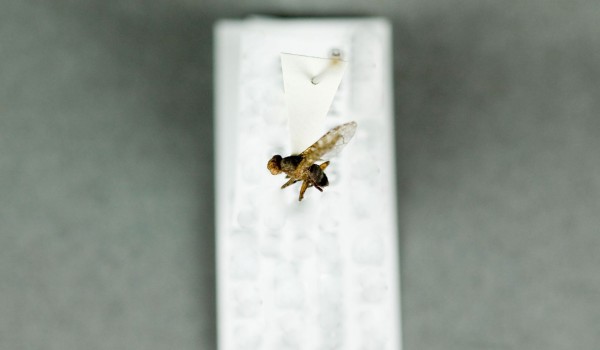
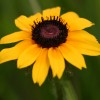 Black-eyed Susan
Black-eyed Susan 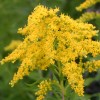 Canada Goldenrod
Canada Goldenrod  Heart-leaved Alexander
Heart-leaved Alexander 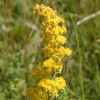 Showy Goldenrod
Showy Goldenrod